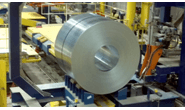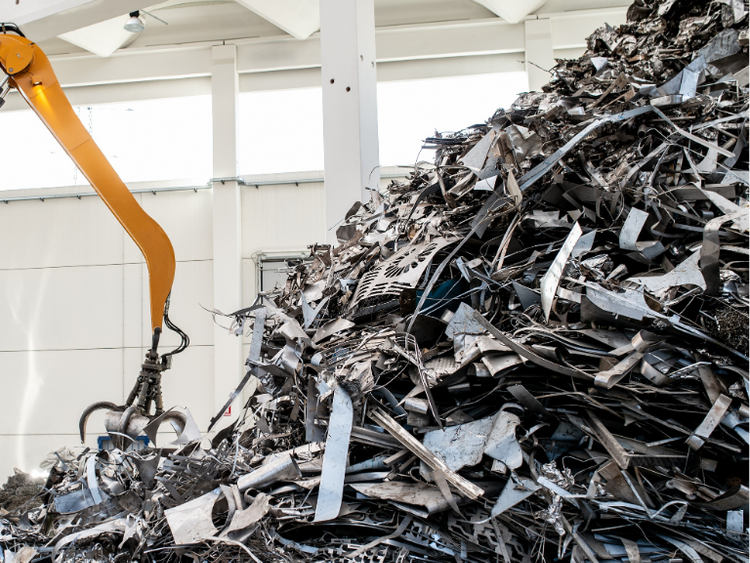Steel Mills

Steel Mills Must Prove "Dumping" & "Injury" in Steel Trade Cases
Written by John Packard
January 29, 2015
So far Steel Market Update has heard a similar cry in each steel mill earnings conference call. The domestic mills are not happy about the amount of foreign steel coming into the country and the growing percentage of market share foreign steel is taking from the domestic mills.
We are hearing a couple of terms which are not interchangeable but are both important pieces of the puzzle when steel mills consider filing a trade case under U.S. law. These are “dumping” and “injury” and we turned to two attorneys (Roger Schagrin and Lewis Leibowitz) who are experts on the subject to provide us insights:
Dumping means:
1) That the steel is being sold at less than their domestic market pricing or,
2) That the steel being sold is less than their cost to produce the product.
After the mills file a trade case the “Dumping” portion is found by the U.S. Department of Commerce (US DOC)
Injury means (article continues below):
{loadposition reserved_message}
The domestic steel industry producing competing products is suffering real or imminent threat of material injury.
After a country or foreign mill has been found to be “dumping” then “Injury” is determined by the International Trade Commission (ITC)
A successful dumping order requires both dumping and injury.
We asked trade attorney Lewis Leibowitz about the subject of dumping and what is needed in order to file a trade case against foreign steel. Here is what he had to say:
“I want to explain this in detail. To start, a dumping order requires both dumping (found by the Commerce Dept.) and injury (found by the International Trade Commission).
“Dumping is underselling the home market price or selling below the cost of production. In a nonmarket case (e.g., China) the test is different. The home market price is not relevant. The test is based on the cost of production using the factors of production of the producer, but valued based on the costs in a market economy.
“Injury means material injury to the industry producing competing products in the US or a real and imminent threat of such injury. If half the Commissioners find injury or threat, the vote is considered affirmative.
“So both dumping and injury are required…
“The steel industry files cases sometimes that they don’t win. But they can disrupt hearken for a year by filing them.”

John Packard
Read more from John PackardLatest in Steel Mills

Nucor profits jump, but company cautions on Q4 outlook
Nucor’s profits more than doubled in the third quarter year over year, but the company expects Q4’25 to be lower sequentially.

SDI announces proprietary low-carbon EDGE products
Steel Dynamics has announced lower-embodied-carbon steel products BIOEDGE and EDGE, and expects “immediate interest” from several markets for some of the offerings.

Wheeling-Nippon Steel raises Galvalume coating extras
The steelmaker released updated extras to customers on Oct. 15, marking the second adjustment in just six weeks following their early September revision

Cliffs offloading some FPT assets, considering HBI plant sale as well
Lourenco Goncalves confirmed that Cleveland-Cliffs is actively selling off portions of its Ferrous Processing and Trading (FPT) assets. Its direct reduction plant in Toledo, Ohio, may also be up for grabs...

SSAB cites US strength but flags tariff-driven uncertainty
The Americas segment of Swedish steelmaker SSAB delivered a stable third quarter, but with weaker shipments and continuing cautious demand. Plate prices held, but tariffs, slowing end-user demand, and...
